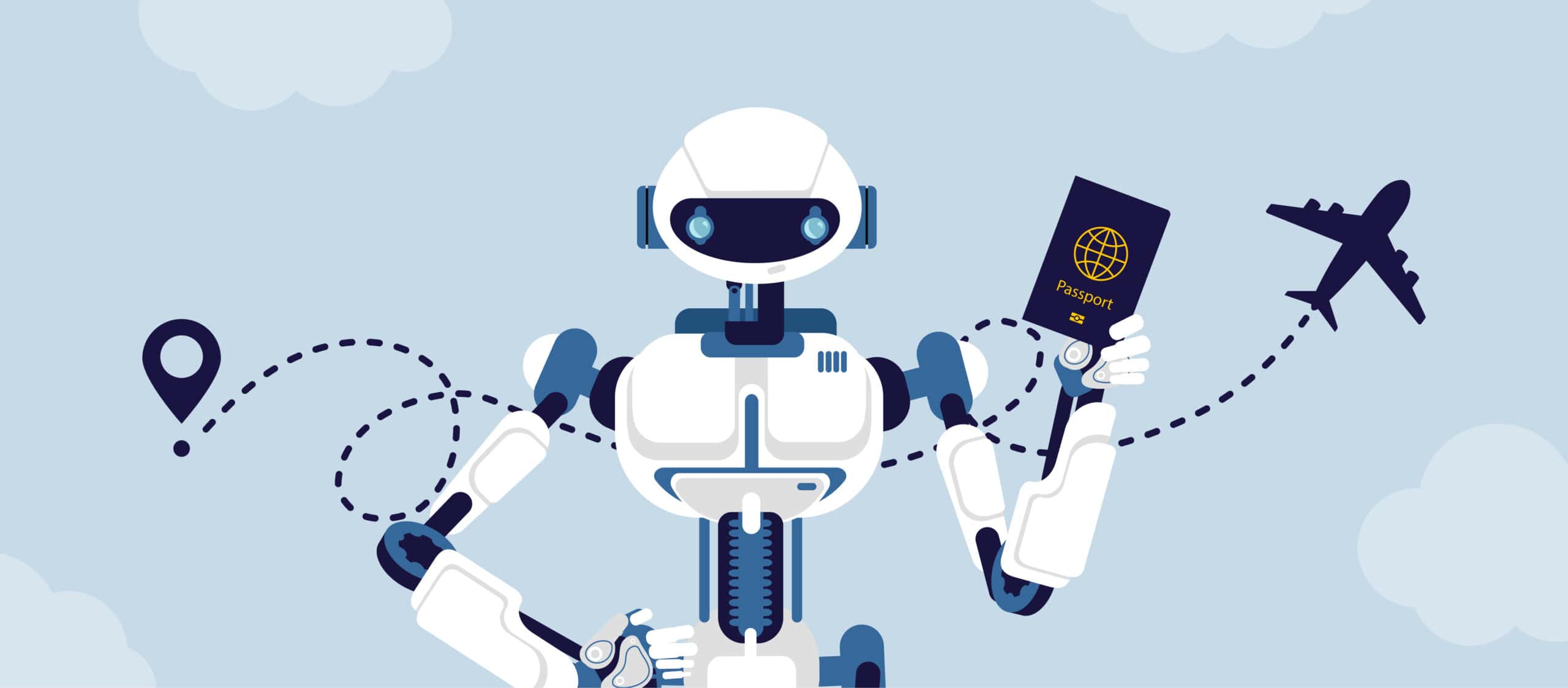In today’s fast-paced, technology-driven world, digital accessibility is a term that resonates across boardrooms. However, many organizations still grapple with numerous misconceptions surrounding the topic. These misunderstandings often hinder the adoption of best practices that not only promote inclusivity but also have the potential to drive business success.
Let’s delve into these misconceptions and set the record straight.
“Digital Accessibility is Only for People with Disabilities”
At its core, digital accessibility ensures all users can access, use, and benefit from digital resources, regardless of their physical or cognitive abilities. While people with disabilities are a significant group, accessibility has broader implications.
For instance, consider elderly users who might have reduced motor skills or vision impairments but wouldn’t classify themselves as having a disability. Or think about a temporary injury, like a broken arm, which can hinder one’s ability to navigate digital platforms. By adopting digital accessibility practices, organizations cater to a broader, more diverse audience.
“It’s a Nice-to-Have, Not a Must-Have”
In recent years, the number of lawsuits related to the Americans with Disabilities Act (ADA) concerning digital accessibility has risen sharply. Beyond the legal imperatives, there’s a compelling business case. An inaccessible digital platform can alienate potential customers, resulting in lost revenue.
Furthermore, many search engines favour accessible websites. Thus, good accessibility practices can enhance search engine optimization (SEO), driving more traffic to your digital assets.
“Accessibility Initiatives are Prohibitively Expensive”
While there’s an initial investment required to make digital platforms accessible, the long-term ROI can be significant. Enhanced user experience can lead to higher conversion rates, increased customer loyalty, and positive brand sentiment. Moreover, organizations can save significant amounts in legal fees and associated costs by avoiding potential lawsuits.
“Our Current Platform is Too Old for Accessibility Adaptations”
Age is no barrier to accessibility. While it might be easier to build accessibility into new platforms from the ground up, some older platforms can still be adapted. Often, small, incremental changes can make a significant difference.
“Digital Accessibility Compromises Aesthetics”
A common myth is that accessible websites are bland or not aesthetically pleasing. That is far from the truth. With modern design principles, it’s entirely possible to create a digital platform that’s both visually stunning and accessible. In fact, simplifying designs to enhance accessibility often leads to cleaner, more user-friendly interfaces.
“Once Accessible, Always Accessible”
Digital accessibility isn’t a one-off task. As technology evolves and digital platforms undergo updates and changes, continuous reviews are essential to ensure ongoing compliance and optimal user experience. Regular audits, feedback loops, and training are crucial.
“Automated Tools are Sufficient for Accessibility Testing”
While automated tools offer valuable insights and can catch many issues, they do not replace human judgment. Real-world testing, especially involving users with various disabilities, provides insights no tool can replicate.
“Accessibility is Just About the Website”
In today’s interconnected digital ecosystem, considering accessibility only in terms of websites is a rookie mistake. Mobile apps, PDFs, electronic documents, and other digital assets must also be accessible. As technology becomes more integrated into everyday life, the purview of digital accessibility continues to expand.
“General Developers Can Handle Accessibility”
While many developers understand accessibility, specialized knowledge is often required to address intricate issues. Investing in specialized training or hiring experts can benefit organizations serious about making their platforms truly accessible.
“Only Large Corporations Need to Worry About Accessibility”
Digital accessibility is vital for businesses of all sizes. Small to medium-sized enterprises can also face legal actions, and the reputational damage can be more detrimental for smaller businesses. Moreover, embracing accessibility can give smaller companies a competitive advantage, helping them stand out in a crowded marketplace.
All that to say…
The digital realm is integral to modern life, making its accessibility paramount. By debunking these misconceptions, organizations can better position themselves in an inclusive future and reap the multifaceted benefits that digital accessibility offers. After all, an accessible digital world isn’t just about compliance; it’s about connection, inclusivity, and business growth.


